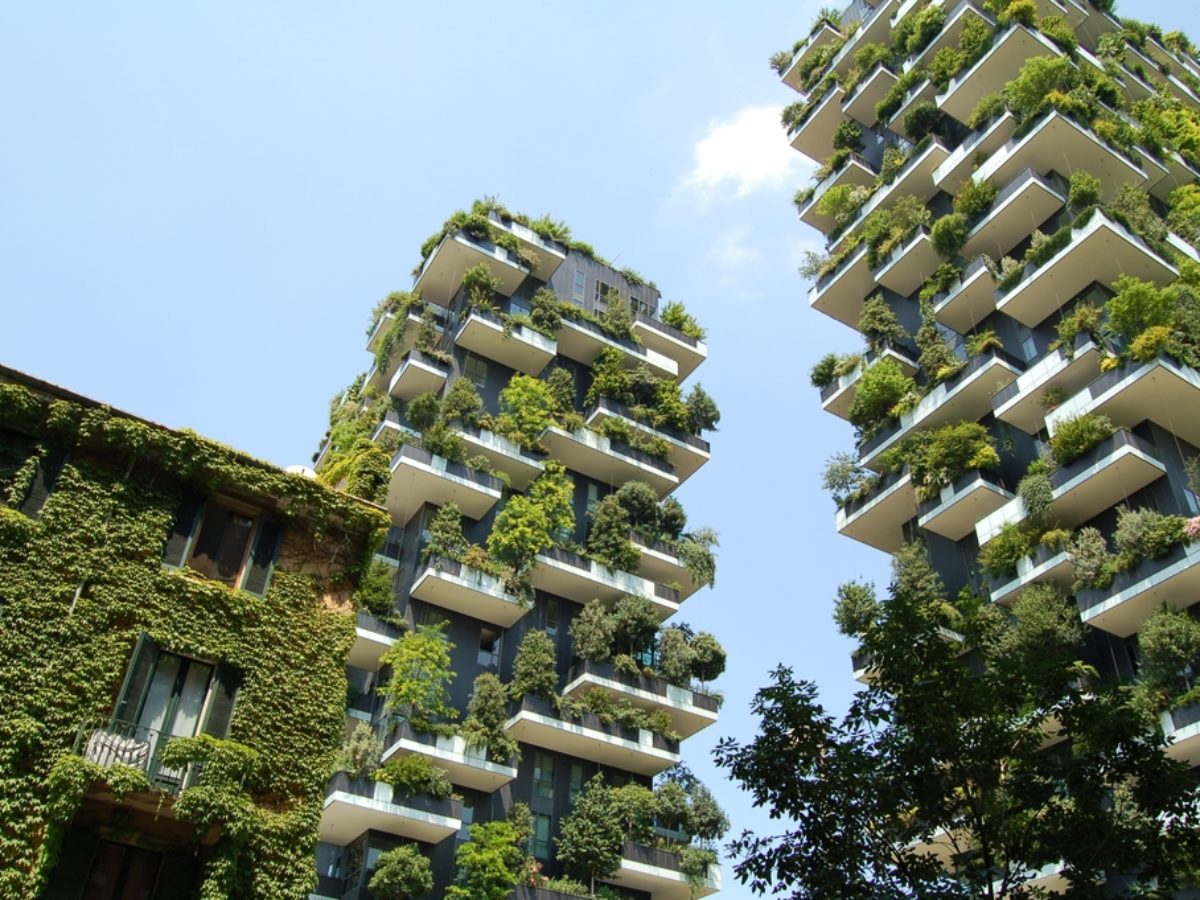Physical Address
304 North Cardinal St.
Dorchester Center, MA 02124
Physical Address
304 North Cardinal St.
Dorchester Center, MA 02124

Parks and trees reshape stress, focus, and well-being
We tend to think of parks, tree-lined streets, and rooftop gardens as simply aesthetic additions to a bustling city. But research has been revealing something far more profound: these green spaces can actually change the chemistry of our brains. Beyond offering a visual break from concrete and traffic, urban nature interacts with our neural pathways, influencing everything from stress response to cognitive clarity. What scientists are discovering is that spending time among trees and plants in city environments isn’t just a leisurely pastime—it’s a neurological necessity.
Modern cities are designed for speed, efficiency, and density. Yet while skyscrapers and highways symbolize progress, they often leave little room for the natural world. This imbalance has deep implications. Without accessible green spaces, urban dwellers are left with overstimulation: sensory overload from persistent noise, artificial lighting, and crowded streets. These conditions can take a toll on both our mental and physical health over time.
Green spaces serve as a counterbalance to urban chaos. Parks, community gardens, and even small clusters of street trees provide havens where the brain can shift into a calmer state. Studies show that people living closer to natural environments report higher levels of life satisfaction and lower levels of anxiety and depression. This isn’t just coincidence—it suggests a measurable influence on neurological processes.
Cities with strong investments in green infrastructure also see societal benefits. When neighborhoods prioritize greenery, residents often experience reduced rates of chronic illnesses, stronger community bonds, and improved productivity. These outcomes highlight that trees aren’t merely decorative—they’re a public health intervention. Urban planning that ignores this link risks undermining the wellbeing of city populations.
At its core, the presence of nature in cities reminds us of a fundamental truth: humans evolved in natural environments. We might adapt to concrete jungles, but our biology remains rooted in landscapes of greenery and water. Recognizing this fact—and designing cities accordingly—can bridge the gap between modern urban life and the environments our brains are wired to thrive in.
The brain is not indifferent to where it spends time. Neuroscientists have found that interactions with urban green spaces influence neurotransmitter activity, particularly the balance of serotonin, dopamine, and cortisol. These chemicals are central to mood regulation, reward systems, and stress responses. When we immerse ourselves in a natural setting, our brain adjusts its chemical outputs in ways that promote calmness and resilience.
For example, cortisol levels—a primary indicator of stress—often decrease after exposure to green environments, even if only for a short period. Lower cortisol not only reduces subjective feelings of stress but also lessens wear on the immune system and cardiovascular health. This is a biologically direct illustration of how trees and parks modulate brain chemistry.
Dopamine, the "reward" neurotransmitter, is also influenced. Activities such as walking through a park or tending a community garden provide mild, positive stimulation that engages the brain’s reward circuits without overwhelming them. Unlike the sharp spikes caused by digital media or city-induced sensory overload, this dopamine release is steady and restorative, fostering long-term wellbeing rather than short-lived highs.
Neuroscience also points to increased activity in the prefrontal cortex—the brain’s decision-making hub—when individuals spend time in natural settings. This suggests not only emotional benefits but also enhanced cognitive flexibility, problem-solving, and creativity. Urban green spaces, in essence, nourish the brain by resetting chemical imbalances triggered by city life.
Stress in cities is nearly unavoidable, from traffic jams to overstimulation at work. However, proximity to green areas provides a natural buffer. Psychological studies have demonstrated that even micro-doses of nature—like sitting under a single tree or looking out a hospital window at greenery—can reduce stress responses. This ties directly to our brain’s limbic system, which governs emotions and survival instincts.
One explanation lies in the "biophilia hypothesis," which suggests humans have an innate affinity for nature. From a neurological standpoint, green spaces act as signals of safety: areas with plants and trees historically meant sources of water, food, and shelter. Our brains respond by reducing vigilance and relaxing the "fight or flight" systems, enabling the body to transition into restoration mode.
Physical wellness intertwines with mental shifts. As stress chemistry subsides, blood pressure lowers, muscle tension relaxes, and even heart rates stabilize. Long-term access to leafy neighborhoods correlates with fewer cases of cardiovascular disease, supporting the idea that positive brain chemistry changes from nature ripple outward into overall health improvements.
Perhaps most importantly, green environments offer a democratic form of therapy accessible to nearly everyone. Unlike specialized programs or medications, a walk in the park costs nothing and requires no prescription. As cities expand, ensuring equitable access to these spaces becomes vital—not just for recreation, but for safeguarding the mental health and neural wellbeing of millions.
Urban green spaces are far more than a scenic backdrop; they’re neurochemical lifelines. By reducing cortisol, balancing dopamine, and enhancing serotonin activity, these patches of greenery alter how our brains regulate stress and joy. They sharpen cognition, nurture creativity, and buffer city-induced strain. In an era where mental health challenges are rising alongside urban growth, the solution may be partly rooted in trees, gardens, and parks. Designing greener cities isn’t only about aesthetics—it’s about acknowledging that every park bench under a tree doubles as a tool for healthier brains and healthier lives.